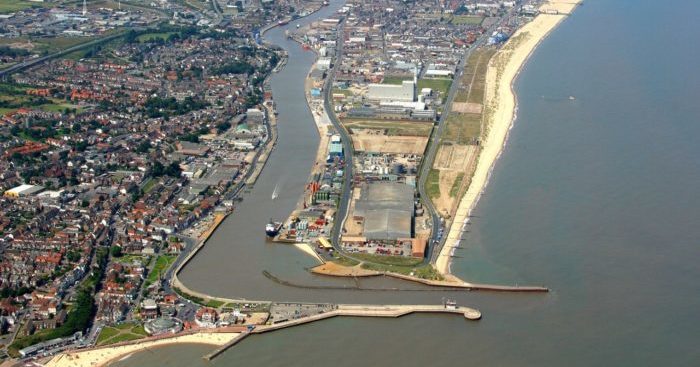The British Ports Association (BPA) launches a new review of UK port connectivity to highlight to government and local authorities where investment in infrastructure can be concentrated during the post-COVID-19 era.
Accordingly, the review aims to note there the investment can focus on to maximise economic growth and speed up the recovery. This will look at infrastructure outside of ports such as road and rail links but also broadening out to assess energy and digital capabilities.
Therefore, BPA is calling ports to issue an inventory of required external improvements to connectivity infrastructure. This will be used to examine the progress made since the Department for Transport’s English Port Connectivity Study two years ago; broadening this out to all ports around the UK, as well as looking at digital connectivity, energy capacity, in addition to transport needs.
It is stated that the British ports are commercially managed, operating strategically and financially independent of Government, with some exceptions. UK port infrastructure investments are privately financed; investments are market-led and £1.7bn is currently in the pipeline around the UK.
Although ports ask for very little from the Government, they do rely on public investment in external infrastructure to stay competitive.
Phoebe Warneford-Thomson, Policy and Economic Analyst at the British Ports Association, who is leading the Review, stated that
The BPA has previously welcomed the government’s ‘levelling-up’ agenda, but now we ask that they consider how to bring ports into this, especially given their economic significance in coastal communities.
Concluding, BPA is inviting ports to send an inventory of required public infrastructure improvements and upgrades, so they can highlight to the government where investment should be focused.






























































